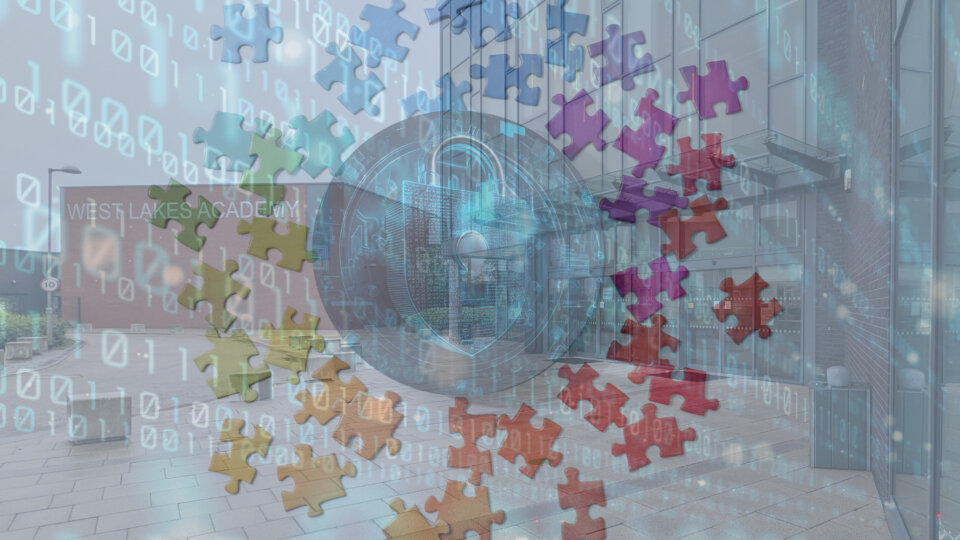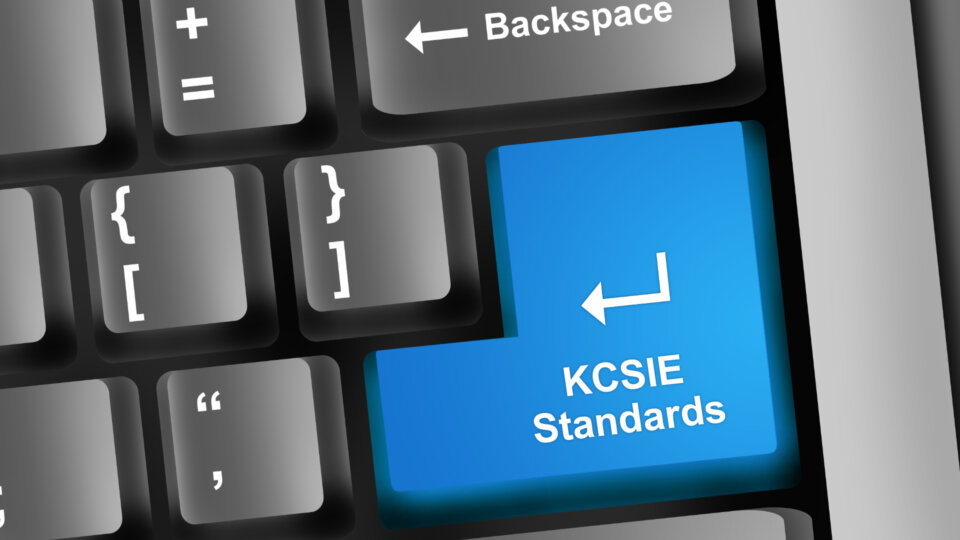
In the dynamic world of the digital age, educational institutions rely heavily on technology to manage student records, financial, administrative and other sensitive data. With the rise of ransomware attacks and data corruption incidents, having a robust backup and recovery strategy for the school is no longer optional – it’s a necessity.
Due to the significance of air-gapped backups in education, we shed light on their definition, functionality, and vital role in mitigating risks such as ransomware attacks.
Understanding Air-gapped Backups
Air-gapped backups are secure methods of storing data offline, disconnected from the network, and inaccessible to unauthorised users. Unlike traditional backups, which may be vulnerable to cyber breaches if connected to the internet, air-gapped backups provide an additional layer of protection by physically isolating the data.
Air-gapped backups involve copying critical data onto offline storage devices such as external hard drives, tapes, or optical discs. Once the backup process is complete, these devices are disconnected from the network, effectively preventing remote access or tampering.
The Necessity for Air-gapped Backups in Education
In the education sector, where vast amounts of sensitive data are generated and stored, the need for air-gapped backups is essential. There are important reasons why educational institutions must prioritise this robust data protection measure:
Mitigating Ransomware Risks – ransomware attacks cause a significant threat to public sectors in general and are increasing especially in educational institutions. Those attacks work by disrupting operations and jeopardising sensitive information. Air-gapped backups serve as a crucial defence mechanism, enabling institutions to restore data and systems swiftly without giving in to ransom demands.
Meeting Government Standards – the UK education sector is subject to stringent regulatory standards. The Air Gap Cloud Solution aligns seamlessly with these compliance requirements, ensuring that educational institutions adhere to data protection regulations and safeguard sensitive information. This compliance alignment is important for maintaining trust among students, parents, and regulatory bodies. The National Cyber Security Centre outlines the Cloud security guidance here Cloud security guidance – NCSC.GOV.UK
The DfE standard states that schools should use the 3-2-1 rule, which means that it should have at least 3 backup copies of important data on at least 2 separate devices, and at least 1 must be off-site Offline backups in an online world – NCSC.GOV.UK.

Meeting Insurance Requirements – insurance providers often require stringent data protection measures, including the implementation of air-gapped backups, to mitigate the financial impact of cyber incidents. Educational institutions seeking comprehensive coverage must ensure compliance with these requirements to safeguard their assets and reputation.
Enhanced Data Resilience – by maintaining air-gapped backups, educational institutions boost their resilience against data loss and corruption. In the event of a cyberattack or system failure, these backups enable swift recovery, minimising disruption to teaching and learning activities.
Empowering Educational Continuity – in today’s interconnected world, where digital resources are integral to the learning experience, uninterrupted access to data is essential for educational continuity. Air-gapped backups play a pivotal role in preserving critical information and ensuring seamless operations, even in the face of unforeseen challenges.
Implementing Air-gapped Backup Strategies
To gather the full benefits of air-gapped backups, educational institutions must develop robust strategies tailored to their unique needs and infrastructure. Here are the key considerations for implementing effective backup protocols:
- Risk Assessment: Conduct a comprehensive assessment of potential threats and vulnerabilities to identify critical data assets requiring protection.
- Regular Backup Schedule: Establish a regular backup schedule to ensure timely updates of essential data and minimise the risk of data loss.
- Offline Storage Protocols: Define stringent protocols for storing and securing air-gapped backup devices to prevent unauthorised access and tampering.
- Testing and Validation: Regularly test backup procedures and conduct validation checks to verify the integrity and accessibility of stored data.

Are air-gapped backups suitable for all types of data?
Air-gapped backups are ideal for storing sensitive and critical data, including student records, financial information, and safeguarding data. However, non-sensitive data may be managed using alternative backup methods.
How often should air-gapped backups be updated?
It is recommended to update air-gapped backups regularly, preferably on a daily or weekly basis, depending on the frequency of data generation and the institution’s risk tolerance.
Can air-gapped backups be integrated with cloud storage solutions?
While air-gapped backups are typically stored offline, educational institutions may opt to complement their backup strategies with cloud storage solutions for added redundancy and accessibility.
What measures should be taken to secure air-gapped backup devices?
Air-gapped backup devices should be stored in secure locations with restricted access, utilising encryption and access controls to prevent unauthorised use or tampering.
How do air-gapped backups compare to other backup methods in terms of security and reliability?
Air-gapped backups offer superior security and reliability compared to online or network-connected backups, as they are immune to remote cyber threats and can be easily retrieved for data recovery purposes.
Are there any regulatory requirements governing the implementation of air-gapped backups in educational institutions?
Educational institutions are generally encouraged to adopt robust data protection measures, including air-gapped backups, to safeguard sensitive information and comply with relevant privacy laws.


